Barrier-free bathroom - requirements for bathrooms for people with disabilities in apartments
A barrier-free bathroom should be spacious and compliant with standards for equipment and installation, so that a person with disabilities can easily move around in it. Well-chosen handrails for the disabled, a shower seat, and bathroom fixtures provide users with a sense of security. Properly equipping a bathroom for people with disabilities is not only a challenge, but above all a necessity.

A barrier-free bathroom should be spacious and compliant with standards for equipment and installation, so that a person with disabilities can easily move around in it. Well-chosen handrails for the disabled, a shower seat, and bathroom fixtures provide users with a sense of security. Properly equipping a bathroom for people with disabilities is not only a challenge, but above all a necessity.
European design standard DIN18040
Appropriate measures must be taken to ensure equal conditions and rights for people with disabilities. The aim of the standard is to take into account the diverse needs of people with disabilities:
- those with vision or hearing problems,
- those with limited motor skills,
- those using wheelchairs or other devices to support their mobility.
The actions aim to remove barriers to access to buildings, transportation, and other obstacles that may hinder smooth movement and use of devices. A person with disabilities should be able to use facilities without the need for assistance from third parties.
Safe bathroom for the disabled is defined by design standards:
- DIN 18040-1 standard for public accessibility buildings,
- DIN 18040-2 standard for apartments.
See also:
What should a bathroom for disabled people look like?
Planning and equipping barrier-free apartments
Requirements of DIN 18040-2 for wheelchair users

Washbasin area
The washbasin is one of the basic devices in the bathroom, allowing for daily hygiene activities. The top edge of the washbasin should not be higher than 80 cm. The space for knees is also very important, with a depth of 30 cm measured from the top edge of the washbasin and 67 cm from the floor.
- Maneuvering space
A maneuvering space of 150x150 cm should be left to allow for comfortable movement for a disabled person using a wheelchair. The space for approach should be at least 55 cm and 90 cm in width.
- Bathroom fixtures

Washbasin tap for disabled
The washbasin tap for disabled provides comfort and safety for people with limited mobility. In the washbasin area, a well-fitted bathroom faucet plays a very important role. The tap mounted at the sink can be single-handle or touchless with a temperature limiter, with a maximum water temperature of 45°C.
- Mirror for disabled

Adjustable tilt mirror for disabled
The tilting mirror was designed with people with limited mobility in mind. Suspended above the sink, the mirror with adjustable tilt angle allows for setting it in a convenient position for the user. When managing space in the sink area, the best solution is equipment certified by PZH, which means it is made according to the highest safety and quality standards.
Shower area
The shower area should be properly adapted to the needs of a wheelchair user. To achieve this, various solutions such as grab bars for balance, a shower chair for comfortable and safe use of the shower should be installed. Ensuring proper safety, easy access, and comfortable use of the shower allows people with disabilities to perform daily hygiene tasks without any problems and in complete comfort.
- Maneuvering space
The maneuvering area in the shower area should not be smaller than 1.5x1.5 m, allowing for easy movement for a person in a wheelchair.
- Grab bars for people with disabilities
Handrails allow for support while using bathroom equipment and performing hygiene tasks, providing stability and a sense of safety. That's why it's so important to choose the right equipment and follow proper installation standards.
Folding handrail

In the shower area, it is possible to install folding handrails, which are mounted on both sides of the shower seat, with the top edge of the handrail at a height of 28 cm above its surface.
This solution was designed for people who need additional support in the bathroom. The folding handrail allows for easy entry and exit from the shower seat.
Fixed handrail

The fixed handle should be adjusted according to the individual needs of the person using the equipment. In the shower area, it is worth installing a handle with a slope angle of 90°.
- shower seat
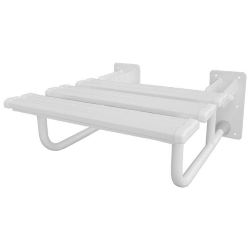
Shower seats for disabled people using wheelchairs are an important element of bathroom equipment. Mounted at a height of 46-48 cm from the ground, they allow for comfortable use of the shower. Thanks to them, a disabled person can safely take care of personal hygiene. It is important to pay attention to the functionality and durability when choosing a shower seat.
- Shower faucet
Located within reach of a disabled person, a single-handle faucet with a shower head at a height of 85 cm ensures comfortable use of bathroom fixtures.
- Floor
It should be stepless and anti-slip floor coverings are also required, in accordance with GUV_I 8527 and with a B rating. These coverings are designed for wet areas where it is possible to walk barefoot.
WC Zone
(graphic)
The bathroom should be adapted to the needs and capabilities of people using wheelchairs. The WC zone should include a properly adapted toilet and a handle or handrail. Equipment mounted at the appropriate height ensures safety, functionality, and comfort of use.
- Maneuvering area
The area for movement is very important, in the toilet area there should be a maneuvering space in front of the toilet bowl of 150x150 cm. There should be a free space on one side of the bowl of at least 30 cm, and 90 cm on the other side.
- Toilet bowl length and installation
A well-fitted toilet bowl provides a sense of stability when using the equipment. It is recommended for the toilet bowl to have a minimum length of 70 cm and the upper edge to be at a height of 46-48 cm. Easy access to the flush from a sitting position is also important.
- Folding handrails

Folding handrail for people with disabilities
with a paper holder
Hinged handles should be mounted on both sides of the toilet bowl, with the top edge of the handle at a height of 28 cm above the seating surface. The correctly chosen handle should be 15 cm longer than the toilet bowl.
Also check: Types of handrails for the disabled
What to consider when choosing handrails?
- pipe diameter (available options: Ø 25 and Ø 32),
- material finish: matte, gloss, white, black,
- type of handle: curved, angled, straight,
- method of installation: screwed to the wall, to the floor or to both the wall and floor.
Author: Katarzyna Szumska






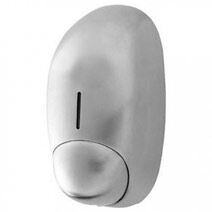

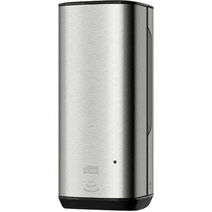
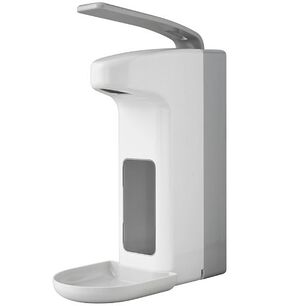

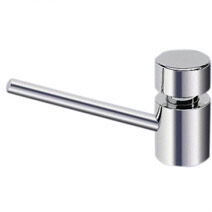
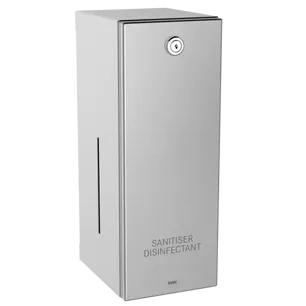

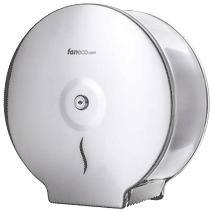

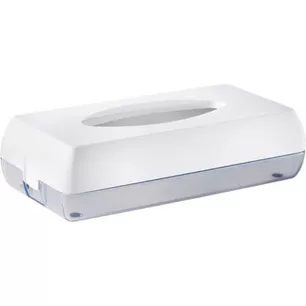
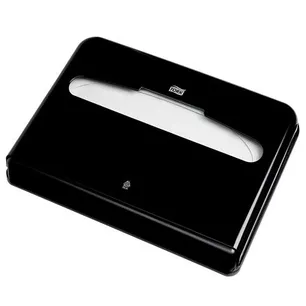
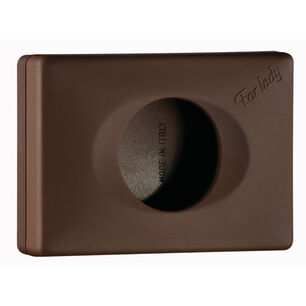
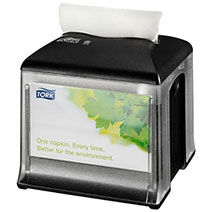

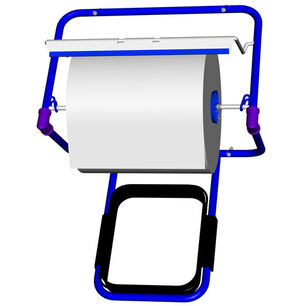
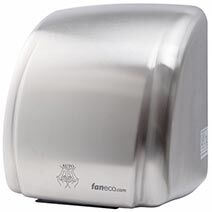
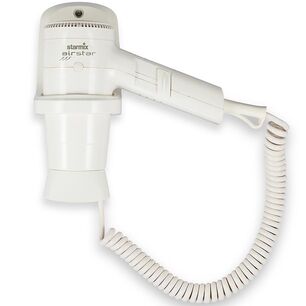
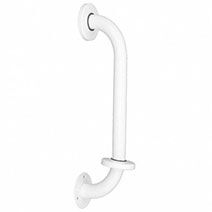
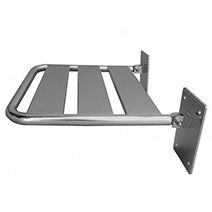
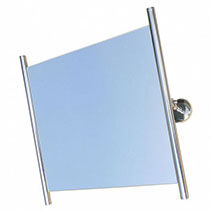
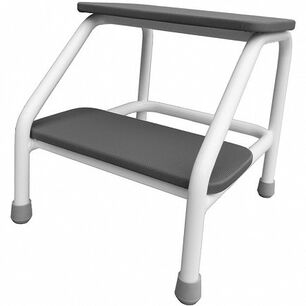
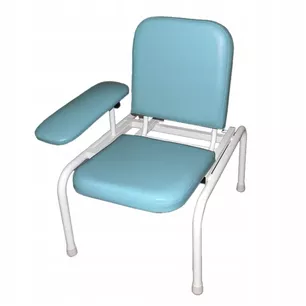




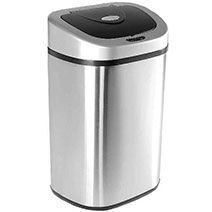
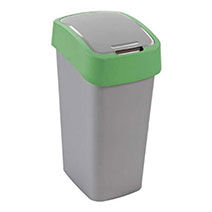
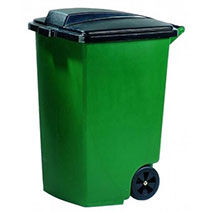




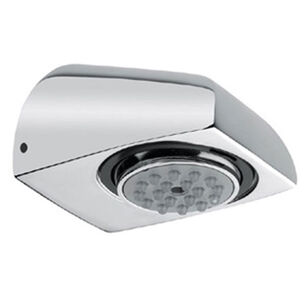
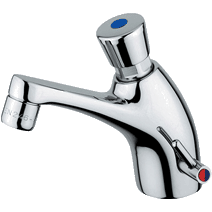
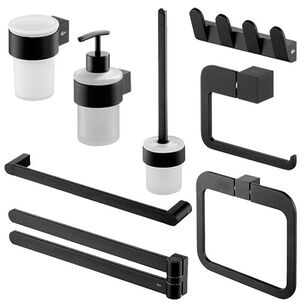
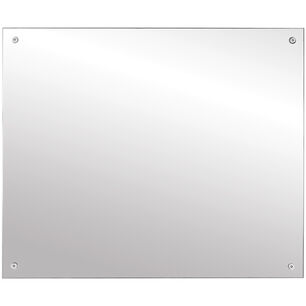
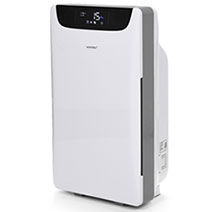
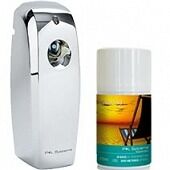

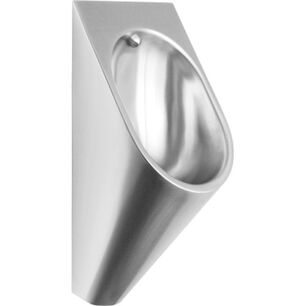
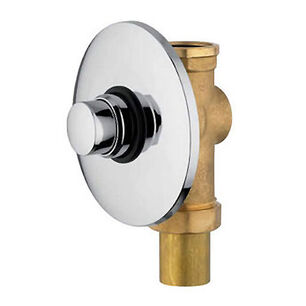
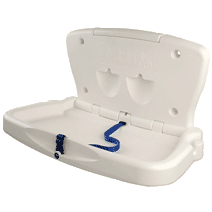
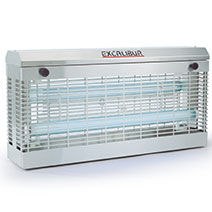

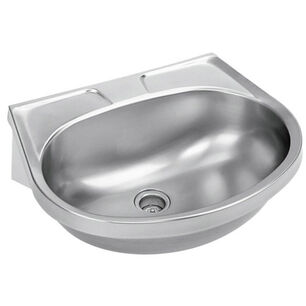
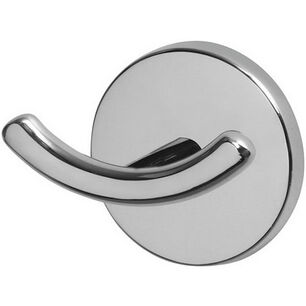
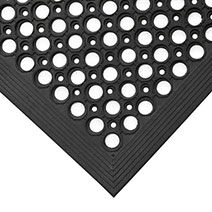
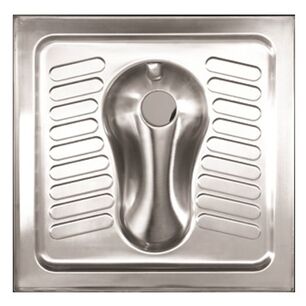

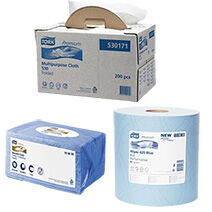




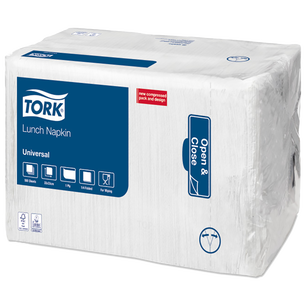
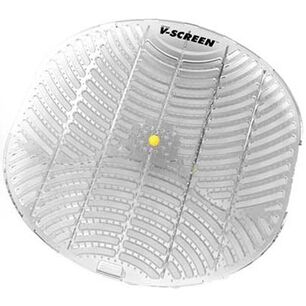
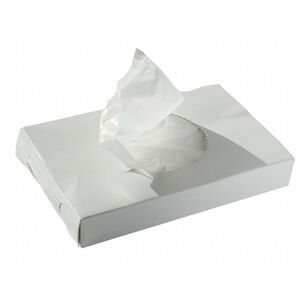
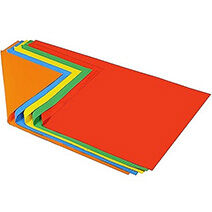
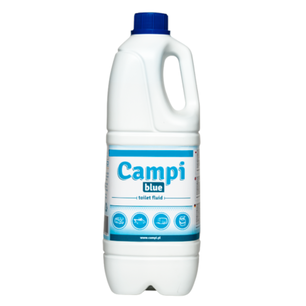
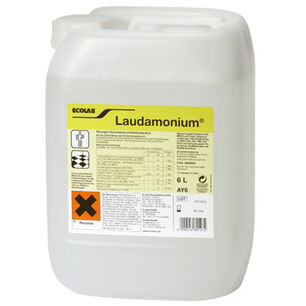
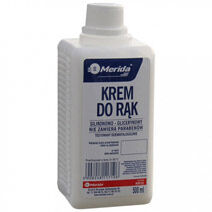
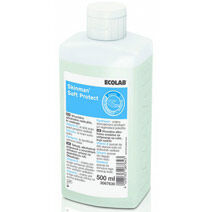
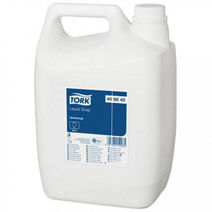
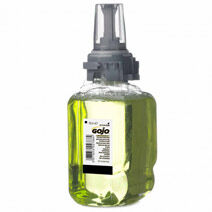

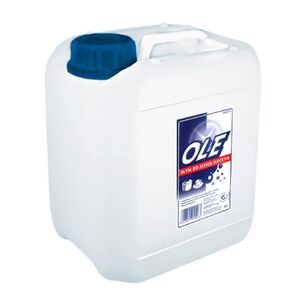

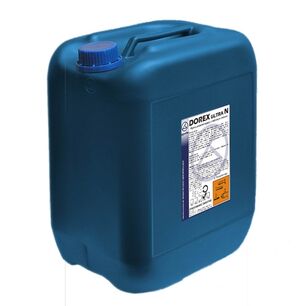
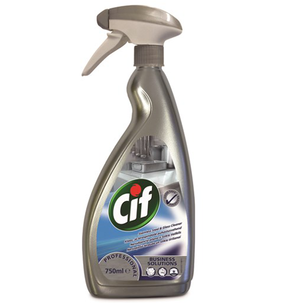
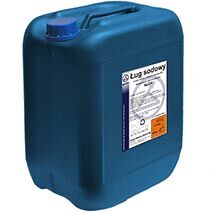

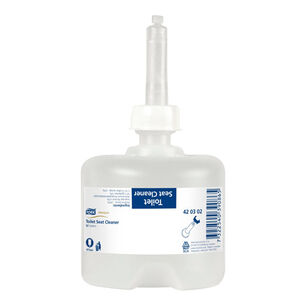
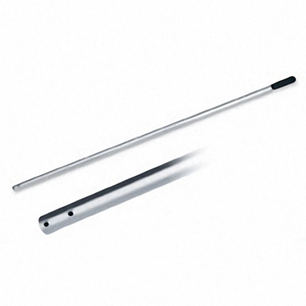
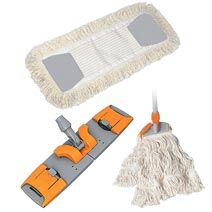

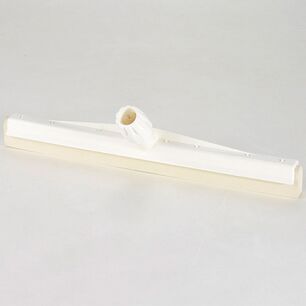

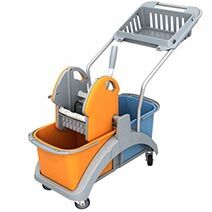


 Polski
Polski
 Czech
Czech
 German
German
 Spanish
Spanish
 Slovak
Slovak